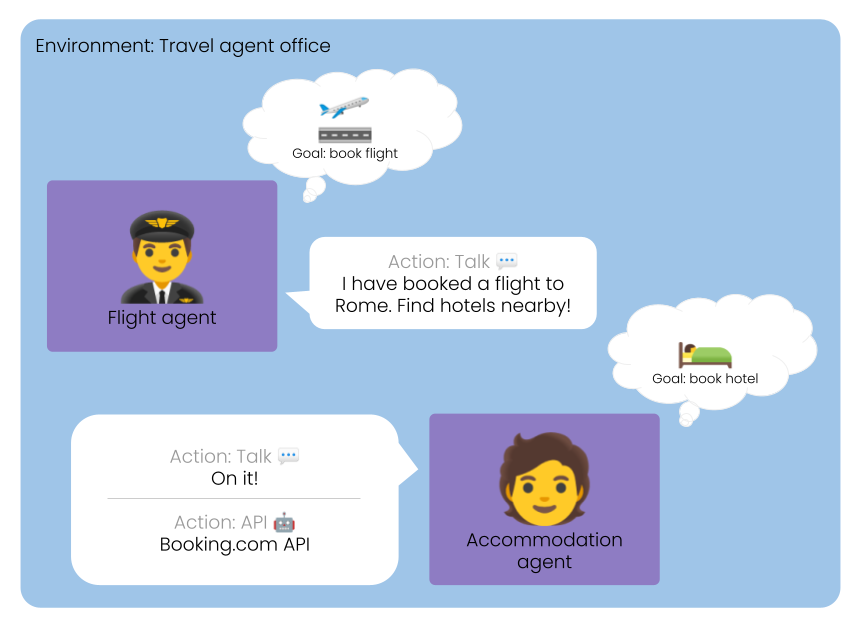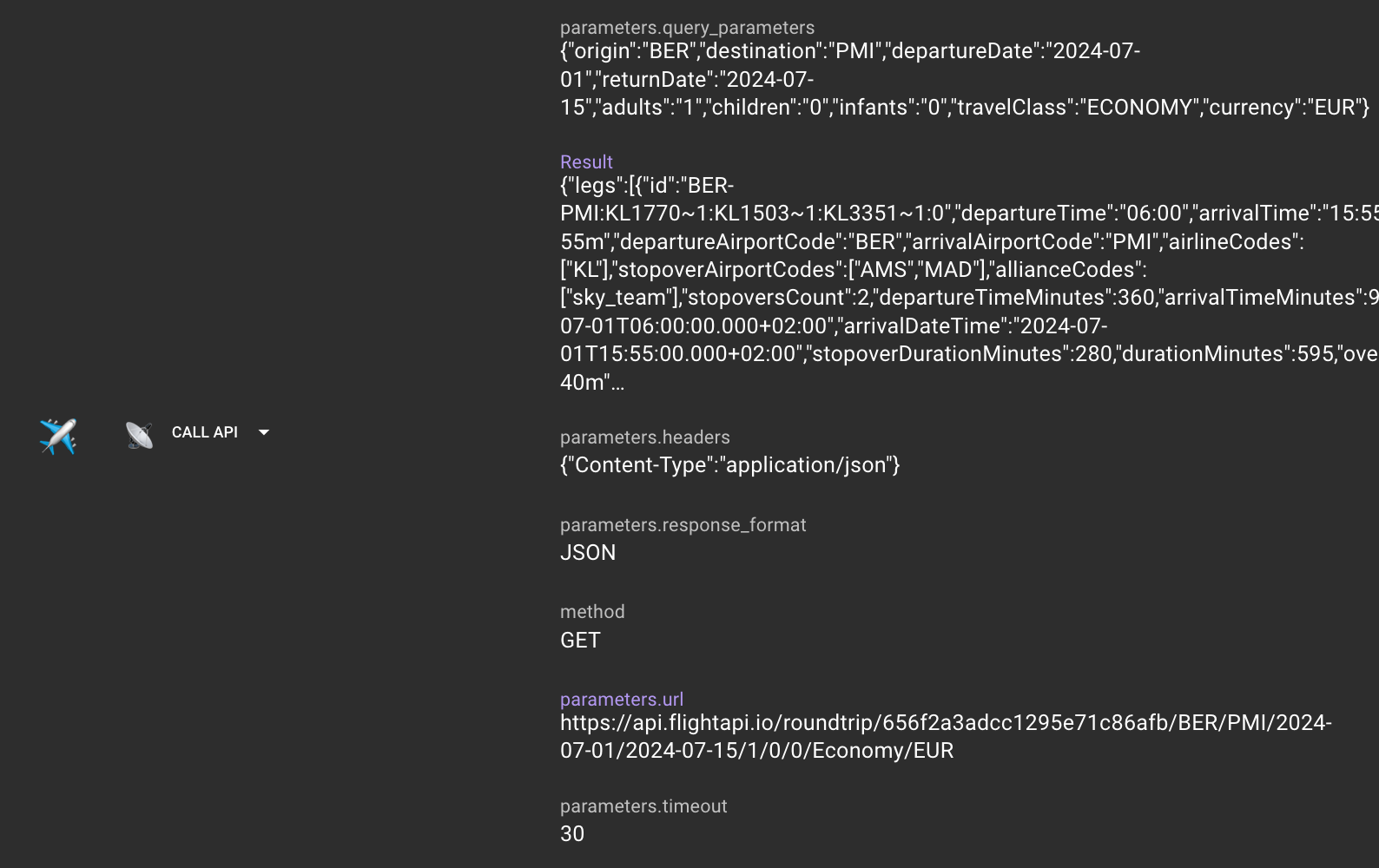Multi-Agent Simulations in PromptPerfect: 𝑛 Heads Are Better Than One
Discover the real-world impact of multi-agent simulations and see practical examples of systems uniting individual strengths to tackle complex tasks, offering efficient and tailored solutions across various domains

In this post, we’re going to explore how multi-agent simulations are not just a conceptual framework but a tool with tangible applications in various domains. By delving into practical examples, we can see how these systems bring together the strengths of individual agents to address complex tasks and deliver solutions that are more efficient, comprehensive, and tailored to specific needs. These examples will illustrate the versatility and effectiveness of multi-agent simulations in real-world scenarios, demonstrating their value in diverse fields.
A quick history lesson
In the ever-evolving landscape of technology and problem-solving, our journey has been marked by significant milestones. Initially, coding was our primary tool for instructing computers to perform tasks and solve problems. This era was defined by programming languages and algorithms, where solutions were hard-coded. As technology advances, we’re transitioning to a more intuitive approach: prompting. This phase leverages artificial intelligence, where we can simply ask a system a question or present a problem, and it generates solutions based on its training and algorithms. This method is more flexible and user-friendly, catering to a wider range of problems without the need for extensive coding knowledge. However, even now, we're seeing the glimmerings of a newer era that promises to revolutionize how we approach problem-solving: the use of agents.
Multi-agent simulations: As easy as 1, 2, 3
Before we dive into using multiple agents, let’s define a few key terms: Agent, action, environment, and simulation.

- Agent: An agent, in the realm of artificial intelligence, performs actions to achieve a goal, like planning a vacation or collecting state-of-the-art research information online.
- Action: An action is a state change in an environment initiated by an agent. This may include talking to other agents, searching Google, or accessing external APIs.
- Environment: An environment is a text description that constrains what the agent can do. In a travel planning simulation, this may be a (virtual) travel agent office.
- Simulation: A simulation is what you get when you put all of the above together: An agent (or agents) performing actions in a given environment.
Diving deeper into agents
AI agents can range from simple, rule-based systems to complex entities capable of learning. They can analyze data, learn from experiences, and make predictions or recommendations.
Agents share several characteristics:
- Autonomy: Agents operate without direct human intervention, making decisions based on their programming and the data they encounter.
- Reactivity: They perceive their environment and respond to changes in real time, adapting their actions as necessary.
- Proactivity: Beyond just reacting, agents can take initiative, anticipating future states and planning actions accordingly.
- Social ability: Agents can communicate and collaborate with other agents or humans to achieve complex goals.
However, despite these capabilities, single AI agents face intrinsic limitations:
- Specialization limit: Like human experts, each agent typically specializes in a particular domain or task, lacking the breadth of knowledge to handle unrelated challenges.
- Complex problem solving: Tackling multi-dimensional problems that require diverse expertise and perspectives is beyond the scope of a single agent.
- Limited adaptability: While adaptable within their domain, agents may struggle with novel situations that fall outside their programmed parameters or training data.
In summary, while individual AI agents represent a significant technological advancement, their true potential is unlocked when they operate as part of a multi-agent system, combining their strengths and compensating for each other's limitations.
Multiple agents: n heads are better than one
The solution to those limitations lies in multi-agent simulation. This approach involves using multiple AI agents, each with its specialty or focus area, working in tandem to solve complex problems. By collaborating, these agents can cover a broader range of issues and provide more comprehensive solutions than a single agent could. Current research shows that the performance of agents in specific tasks depends on the persona of the agent.
Building a vacation planner with PromptPerfect
Let’s consider planning a vacation as a practical example of a multi-agent simulation. This example will use two agents:
- The Travel Planner finds the best travel routes.
- The Accommodation Finder finds affordable accommodation.
Together, they provide a complete vacation plan tailored to your preferences and budget.
Follow the steps below to create a vacation planner in PromptPerfect:
We can now check the output to see the results. Here’s one example action taken by the Travel Planner agent:

As you can see, the Travel Planner agent calls the flight API endpoint to find flights for a one-week trip in July. Since the agent is aware of the flight API’s documentation, it sends the correct parameters with the request and retrieves the flight data.
Once it’s done that, it can talk to the Accommodation Finder agent to find suitable properties in the chosen city. The Accommodation Finder, in turn, calls a hotel booking API to (you guessed it) arrange the accommodation.
Further applications
This simple outline, although given a relatively small task, also applies to far more complex problems:
- Paper Research: In academic or professional research, one agent could specialize in identifying relevant papers, another in summarizing content, and a third in identifying key themes and gaps in the research.
- Coding: For software development, one agent could get the user requirements, another write the code, and a third make the deployment.
- Online Shopping Deal Finder: This could involve one agent tracking price changes, another comparing product features, and a third assessing user reviews to find the best deals.
As we've seen, multi-agent simulations open up a world of possibilities that transcend the limitations of individual AI agents. Whether it's planning your dream vacation, conducting thorough research, developing software, or finding the best online shopping deals, these simulations offer tailored, efficient, and comprehensive solutions.
But the real magic happens when you dive in and experience it yourself. By visiting the PromptPerfect website, you'll have the opportunity to create and manage your own multi-agent simulations.
Get started with Agents
So, why wait? Head over to the PromptPerfect website now, and start crafting your own simulations. Whether for work, study, or personal projects, discover the power and flexibility of multi-agent AI at your fingertips. Your journey into the future of problem-solving starts today!



